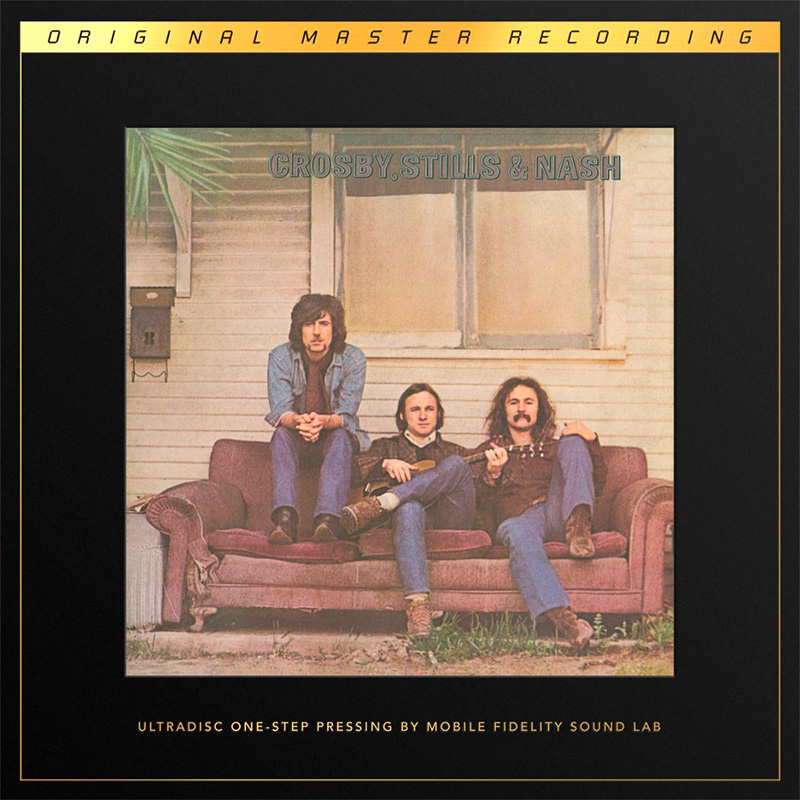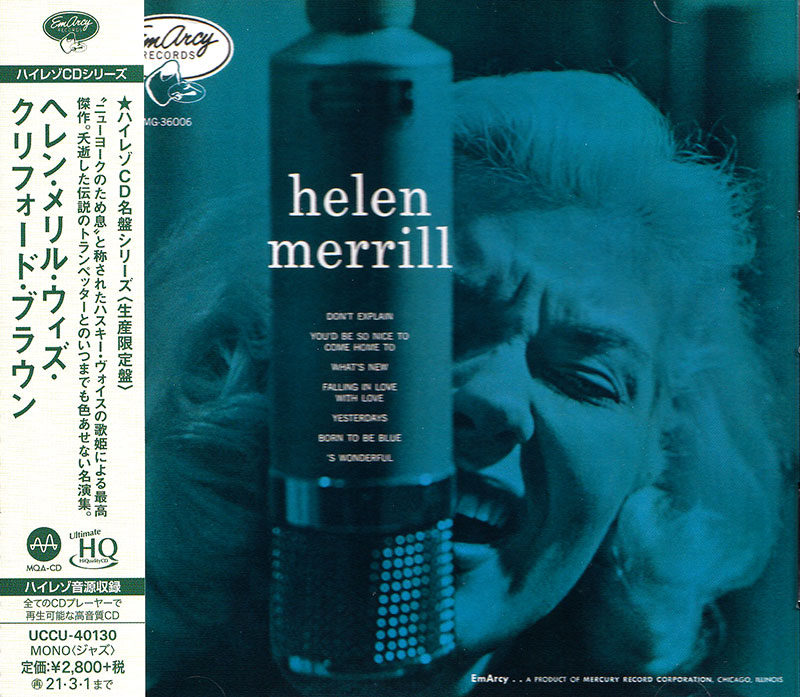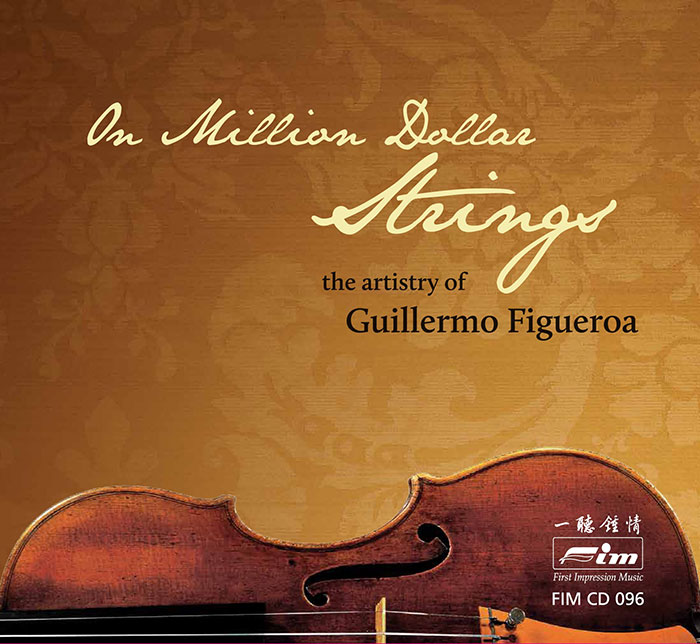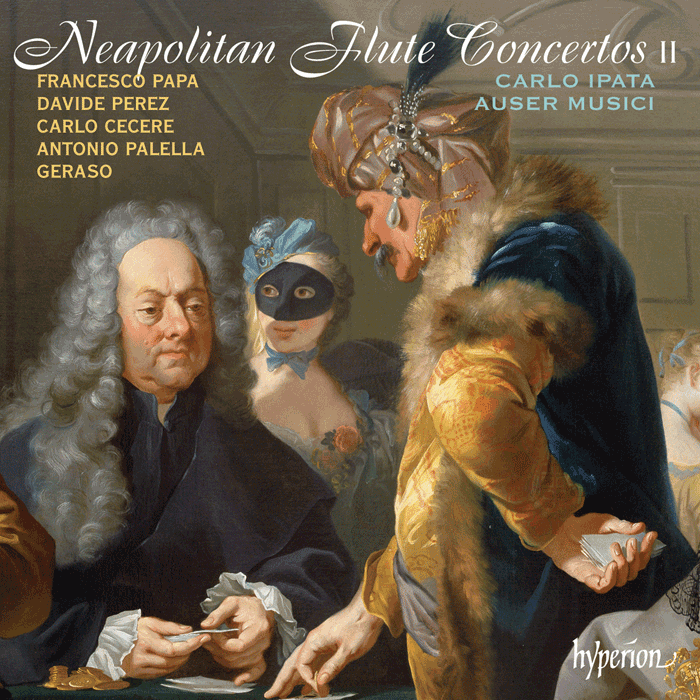Logowanie
OSTATNIE EGZEMPLARZE
Jakość LABORATORYJNA!
ORFF, Gundula Janowitz, Gerhard Stolze, Dietrich-Fischer Dieskau, Deutsche Oper Berlin, Eugen Jochum
Carmina Burana
ESOTERIC - NUMER JEDEN W ŚWIECIE AUDIOFILII I MELOMANÓW - SACD HYBR
Winylowy niezbędnik
ClearAudio
Essence MC
kumulacja zoptymalizowana: najlepsze z najważniejszych i najważniejsze z najlepszych cech przetworników Clearaudio
Direct-To-Disc
PIAZZOLLA, ChamberJam Europe
Tangos del Ángel y del Diablo
Direct-to-Disc ( D2D ) - Numbered Limited Edition
Carlo Ipata, Auser Musici
Neapolitan Flute Concertos Vol.2
- Carlo Ipata - shakuhachi
- Auser Musici - orchestra
'Auser Musici play quick music with brio, slower movements have a graceful lyrical sweep, and Ipata's flute-playing is always shapely; there's no disputing the easy charm of these skilfully crafted concertos … These finely judged performances of consistently well-wrought compositions offer wider charms' (Gramophone)
'This is music of considerable charm … Ipata's virtuosity is, as always, exceptional, and there's fine playing from his own period band, Auser Musici' (The Guardian)
----------------------------------------------------
A second volume of flute concertos from eighteenth-century Naples from period band Auser Musici. Their first album of this repertoire was particularly praised for the impeccably stylish playing of flautist Carlo Ipata, and for the discovery of the music itself, which despite its obscurity is delightfully appealing.
The works are placed in their historical context in the booklet note by Stefano Aresi, who writes: ‘To listen to the flute concertos of these composers is to be transported to the atmosphere of everyday music-making in Naples, that of the private concerts in the aristocratic palaces. They give a good idea of the extremely high average quality of the compositions habitually consumed by the cream of Neapolitan society, perfectly representing the taste of an era and the outstanding virtuosity of the performers who were regularly employed there’.

























